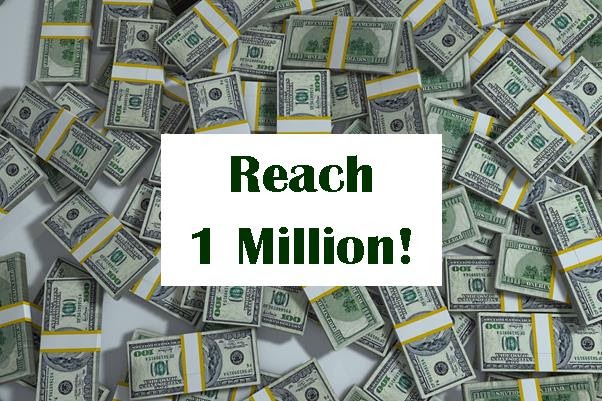
How Much To Save For Retirement
Steps you can take at every age to put yourself in a stronger financial position. If you want to track your progress toward a goal, chances are there is an app that can do that for you. For example, you can track your steps, your packages, your diet, and even your family’s whereabouts.
This means that, if you earn $100,000 per year, you’d aim for at least $80,000 of income (in today’s dollars) in retirement. Your plans will probably be vague when you’re in your 20s and 30s.
With both of these options, you put money into the account before it is taxed and you can invest it in various options. The money grows over time, and eventually, you take dispersals in retirement. A workplace plan like a 401(k) can be especially useful if your company offers an employer match program. In the above scenarios, our hypothetical subjects kept their savings in one of a variety of retirement savings options, in either a savings account, a 401(k) or a traditional IRA.
Has my goal changed?
Read more about 403b vs 401k here. SmartAsset does not review the ongoing performance of any RIA/IAR, participate in the management of any user’s account by an RIA/IAR or provide advice regarding specific investments. When it comes to average retirement savings statistics in America, the picture is fairly grim.
The safer bet is to save as much as you can, as early as you can – and throughout your career. At New York Life, our financial professionals can help guide you to financial security and freedom. Whether it’s explaining the finer points of a deferred-income annuity or different ways to save for retirement, we are here to help guide you and your family.
“For example, if you make $150,000 per year, you should aim to have at least $120,000 per year in retirement to live comfortably in your golden years,” says Sexton. You can pay bills, update information, review policies and more.
In subsequent years of retirement, you would adjust this amount upward to keep up with cost-of-living increases. After you’ve figured out how much income you’ll need to generate from your savings, the next step is to calculate how large your retirement nest egg needs to be for you to produce this much income in perpetuity. But the percentage of income that Social Security will replace is typically lower for higher-income retirees. For example, Fidelity estimates that someone earning $50,000 per year can expect Social Security to replace 35% of their income. But someone earning $300,000 per year would have a Social Security income replacement rate of just 11% on average. The most common type of employer-sponsored retirement plan is the 401(k).
How much money do I need to retire: three guidelines to consider
Far too many retirees end up relying on Social Security to cover the majority of their living expenses only to find out the hard way that it isn’t nearly enough. But many Americans haven’t saved or invested enough money to retire in their 60s with the confidence that their funds will last. 52% of American workers reported that they were behind on their retirement savings goals.
If the company matches half up to 6% (which is 3%), you should try to save 12%. If the match is half up to 10%, your contribution should be 10%. If your company has a 401-K, take advantage of the tax breaks by signing up as soon as you can and contributing as much as you can afford. In the Federal Reserve’s latest Survey of Consumer Finances (SCF) report, the median household net worth for a head of household age years old is $91,300. For a head of household age 45 to 54 years old, that figure is $168,600. Including all age groups median net worth rose 18% from the 2016 survey to $121,700. SmartVestor shows you up to five investing professionals in your area for free.
To better manage these challenges, let’s explore three effective ways to build comfort with spending in retirement. “It’s not hopeless,” says Dee Lee, certified financial planner professional and author of “Women & Money” while discussing those who have yet to get serious about their retirement savings. At 40, you’re still a long way from retirement, so don’t play it too safe with your investments, says Ellen Rinaldi, former executive director of investment planning and research at mutual fund company Vanguard. This ordering of your accounts helps you secure a guaranteed return from the employer match before you turn to perhaps the best available retirement account in the Roth IRA. This is a good way to track your progress toward meeting your long-term retirement savings goals.





